Home>Home Maintenance>How To Finance Home Repairs
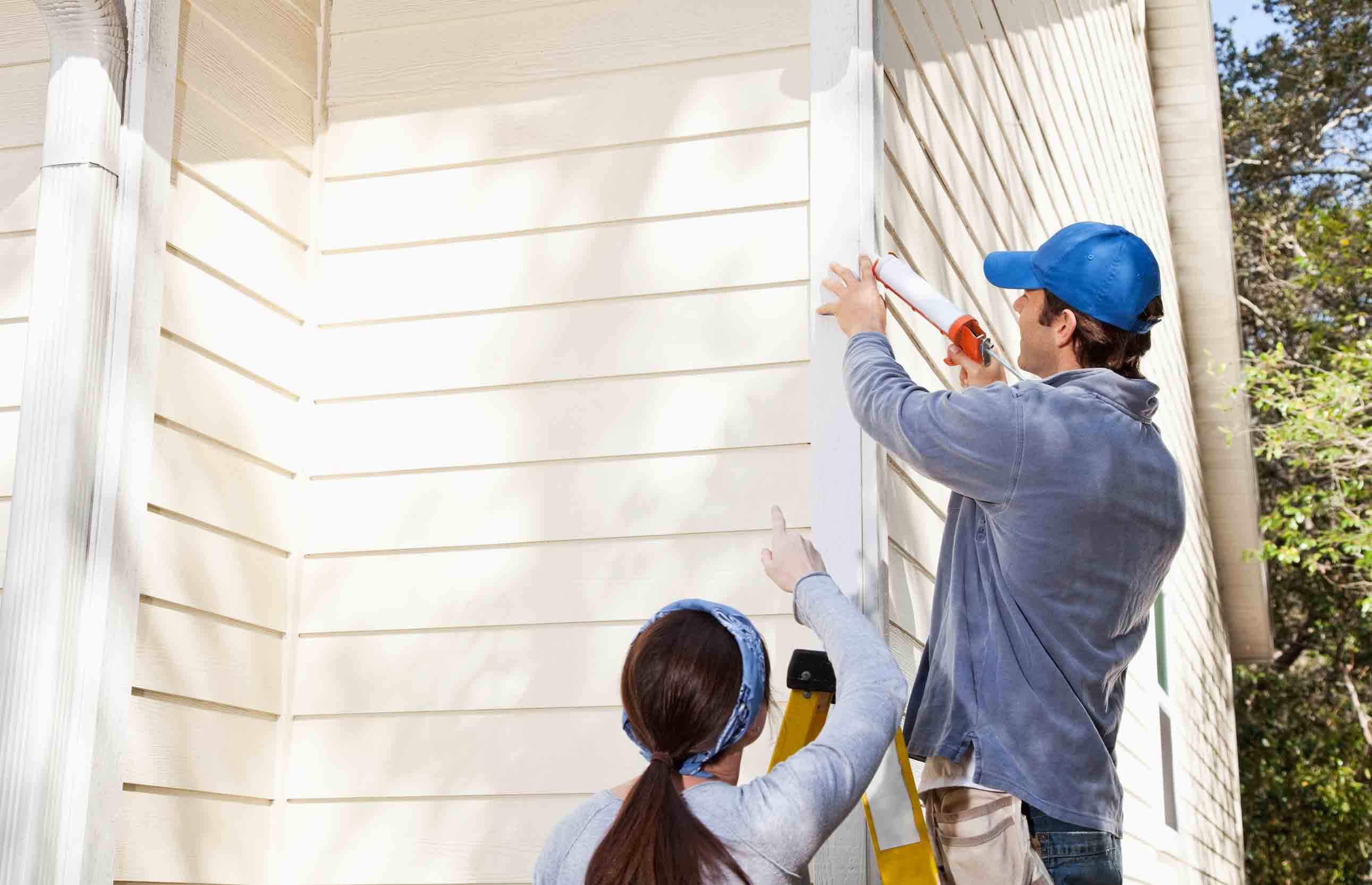

Home Maintenance
How To Finance Home Repairs
Modified: March 6, 2024
Learn how to finance your home repairs and maintenance with our expert tips and advice. Get the help you need to keep your home in top condition without breaking the bank.
(Many of the links in this article redirect to a specific reviewed product. Your purchase of these products through affiliate links helps to generate commission for Storables.com, at no extra cost. Learn more)
Introduction
Welcome to our comprehensive guide on how to finance home repairs. Owning a home comes with its fair share of maintenance and repair responsibilities. Whether it’s a leaky roof, a malfunctioning electrical system, or a plumbing issue, these repairs can become a significant financial burden if not planned and budgeted for properly.
Assessing the cost of home repairs is the first step in figuring out how to finance them. It’s important to accurately determine the extent of the repairs needed and prioritize them based on urgency. From there, you can create a budget that aligns with your financial capabilities.
In this article, we will discuss various financing options available to homeowners, including home equity loans, personal loans, credit cards, and government loans and grants. We’ll also provide tips on negotiating with contractors to get the best deals and avoid unnecessary expenses.
So, if you’re a homeowner facing the daunting task of financing your home repairs, sit back, relax, and let us guide you through the process. By the end of this article, you’ll be armed with the knowledge and resources needed to make informed decisions and successfully tackle your home repair projects!
Key Takeaways:
- Planning and budgeting for home repairs is crucial. Assess costs, prioritize repairs, and explore financing options to avoid financial strain and ensure a well-maintained home.
- Negotiating with contractors can save money. Gather quotes, do research, and communicate needs and budget to secure favorable pricing and quality workmanship.
Read more: How To Finance Home Improvement
Assessing the Cost of Home Repairs
Before moving forward with financing home repairs, it’s crucial to assess the cost of the repairs accurately. By doing so, you can avoid unexpected financial burdens and better plan your budget. Here are some steps to help you assess the cost of home repairs:
- Identify the Repairs Needed: Walk through your home and make a list of all the repairs that need to be addressed. This could include a leaky roof, cracked foundation, faulty HVAC system, or outdated electrical wiring. Take note of any visible damage or signs of wear and tear.
- Consult Professionals: For complex repairs or issues you’re unsure about, it’s wise to consult professionals. Bring in contractors, electricians, plumbers, or other specialists to assess the repairs and provide estimates. They can give you a better understanding of the scope of the work required and offer insights into potential costs.
- Research Material Costs: In addition to the labor costs, you’ll also need to consider the cost of materials required for the repairs. Research the prices of materials and supplies needed for each repair. This will give you an idea of the overall expenses involved.
- Factor in Hidden Costs: Home repairs often come with hidden costs that are easy to overlook. These can include permits, inspections, and disposal fees, as well as any damage that might be uncovered during the repair process. It’s important to account for these potential extras in your budget.
- Get Multiple Quotes: When receiving estimates from contractors, don’t settle for the first one you receive. It’s a good idea to get multiple quotes to compare prices and ensure you’re getting a fair deal. Remember, the cheapest option isn’t always the best; consider the quality of work, reputation, and recommendations when making your decision.
By following these steps, you’ll have a better understanding of the cost involved in your home repairs. This knowledge will help you make an informed decision when it comes to financing options and creating a budget.
Creating a Budget for Home Repairs
Once you have assessed the cost of your home repairs, the next step is to create a budget to ensure you can finance them effectively. Having a clear budget in place will help you allocate your resources wisely and prevent any financial strain. Here are some tips for creating a budget for home repairs:
- Calculate Available Funds: Begin by assessing your current financial situation. Determine how much money you can allocate to home repairs without compromising your other financial obligations or emergency funds.
- Prioritize Repairs: If you have a long list of repairs, prioritize them based on urgency and safety. Address critical issues first, such as structural problems or electrical hazards. Non-urgent repairs can be tackled over time as your budget allows.
- Research Costs: Use the information gathered during the assessment phase to get a more accurate idea of the costs involved. Research the average costs for each repair and factor in any hidden costs or materials needed. This will help you set realistic budget expectations.
- Allocate Funds Wisely: Divide your available funds among the repairs based on priority. Consider setting aside a contingency fund for unexpected expenses that may arise during the repair process.
- Create a Timeline: Determine a reasonable timeline for completing the repairs based on your budget constraints. This will help you effectively plan and allocate funds accordingly.
- Consider Financing Options: If your available funds are not enough to cover the repairs, you may need to explore financing options. We will discuss various financing options later in this guide, such as home equity loans, personal loans, credit cards, and government loans/grants.
Remember, when creating a budget for home repairs, it’s essential to be realistic and leave room for unexpected costs. Planning and budgeting will ensure you have a clear financial roadmap to guide you through the repairs. It’s always better to be prepared and avoid any financial strain.
Exploring Financing Options
When it comes to financing home repairs, there are several options available to homeowners. It’s important to explore these options to find the best fit for your financial situation and needs. Here are some popular financing options to consider:
- Home Equity Loan: A home equity loan allows you to borrow against the equity you have built up in your home. These loans often have lower interest rates compared to other types of loans. With a home equity loan, you receive a lump sum of money that you can use to finance your repairs. Keep in mind that your home is used as collateral, and failure to repay the loan can result in foreclosure.
- Personal Loan: A personal loan is an unsecured loan that you can use for various purposes, including home repairs. Personal loans have fixed interest rates and repayment terms. They can be obtained from banks, credit unions, or online lenders. Keep in mind that interest rates on personal loans may be higher compared to home equity loans, and your creditworthiness will play a role in determining the loan terms.
- Credit Cards: Credit cards can be a convenient option for financing smaller home repairs. If you have a credit card with a sufficient credit limit and a low interest rate, you can charge the repair expenses to the card. However, it’s important to have a plan for paying off the balance to avoid high interest charges. Make sure to compare credit card offers and terms to find the most favorable option.
- Government Loans and Grants: Depending on your location, there may be government programs that offer loans or grants specifically for home repairs and renovations. These programs are often aimed at low-income households or homeowners in designated areas. Research local and federal programs to see if you qualify for financial assistance.
It’s important to carefully consider the terms, interest rates, and repayment options associated with each financing option. Compare the pros and cons, and choose the option that aligns best with your financial goals and capabilities.
In the next sections, we will dive deeper into each financing option, providing more details on their benefits and considerations, so you can make an informed decision.
Home Equity Loan
A home equity loan is a type of loan that allows homeowners to borrow against the equity they have built up in their homes. It can be an attractive financing option for home repairs due to its lower interest rates and longer repayment terms compared to other types of loans.
Here’s how a home equity loan works:
- Equity Calculation: To determine how much you can borrow, you’ll need to calculate your home equity. This is done by subtracting the amount you owe on your mortgage from the current value of your home. For example, if your home is valued at $200,000 and you owe $150,000 on your mortgage, your home equity would be $50,000.
- Loan Amount: The amount you can borrow is typically a percentage of your home equity, with most lenders offering loans up to 85% of the equity. Using the previous example, if your home equity is $50,000, you could potentially borrow up to $42,500.
- Interest Rates: Home equity loans often come with fixed interest rates, which means your monthly payments will remain the same throughout the repayment period. These interest rates are typically lower than those of personal loans or credit cards, making a home equity loan an attractive option for financing larger home repairs.
- Repayment Terms: Home equity loans have longer repayment terms compared to personal loans, usually ranging from 5 to 30 years. This allows you to spread out the repayment over a longer period, making it more manageable.
- Risks and Considerations: It’s important to keep in mind that a home equity loan uses your home as collateral. If you fail to make payments, you could potentially lose your home through foreclosure. Additionally, there may be closing costs and origination fees associated with obtaining a home equity loan, so be sure to factor these into your budget.
Before opting for a home equity loan, consider the following:
- Loan Purpose: Make sure you have a clear plan for using the loan and that the repairs you’re financing will add value to your home.
- Loan Amount: Only borrow what you need and can comfortably repay to avoid unnecessary debt.
- Interest Rates: Compare interest rates from different lenders to ensure you’re getting the most favorable terms.
- Loan Repayment: Assess your ability to make monthly payments and ensure they fit within your budget.
A home equity loan can be a great financing option for homeowners who have built up significant equity in their homes and need to finance substantial repairs. However, it’s crucial to carefully consider the risks and weigh them against the benefits before proceeding.
Consider using a home equity loan or line of credit to finance major home repairs. These options typically offer lower interest rates and tax-deductible interest payments.
Read more: How To Finance Home Renovations
Personal Loan
A personal loan is a type of unsecured loan that individuals can use for various purposes, including financing home repairs. Unlike a home equity loan, a personal loan does not require collateral, such as your home or any other asset. This can be an attractive option for homeowners who do not have significant equity or do not want to put their homes at risk.
Here’s what you need to know about personal loans for home repairs:
- Loan Amount: The amount you can borrow with a personal loan depends on various factors, including your creditworthiness and income. Personal loans typically have a borrowing limit ranging from a few thousand dollars to tens of thousands of dollars, depending on the lender.
- Interest Rates: Personal loans often come with fixed interest rates, meaning your monthly payments will remain the same throughout the repayment period. The interest rates for personal loans can vary depending on your credit score, income, and other factors. Generally, interest rates on personal loans are higher compared to home equity loans but lower than credit card interest rates.
- Repayment Terms: Personal loans have fixed repayment terms, usually ranging from one to seven years. The loan term is determined at the time of borrowing and affects the monthly payment amount. Make sure to choose a term that allows you to comfortably repay the loan without straining your finances.
- Application Process: Applying for a personal loan typically involves filling out an online or paper application and providing documentation such as proof of income, identification, and credit history. Personal loans often have a faster approval process compared to home equity loans, and you can receive the funds within a few days after approval.
- Risks and Considerations: Since personal loans are unsecured, lenders may charge higher interest rates to mitigate the risk of non-payment. Before applying for a personal loan, carefully consider your ability to repay the loan on time to avoid damaging your credit and facing potential financial consequences.
When considering a personal loan for home repairs, keep the following points in mind:
- Credit Score: Your credit score will play a significant role in determining the interest rate and loan terms you qualify for. Check your credit score before applying for a personal loan and take steps to improve it if needed.
- Loan Amount: Determine the exact amount you need to borrow for your home repairs and resist the temptation to borrow more. Borrow only what you can comfortably repay.
- Interest Rates and Fees: Compare interest rates and fees from different lenders to ensure you’re getting the best deal possible. Be wary of predatory lenders and excessive fees.
- Repayment Plan: Make sure you have a solid plan to repay the loan on time. Consider adding the monthly loan payment to your budget and ensure it is manageable alongside your other financial obligations.
Personal loans can be a viable financing option for homeowners seeking to fund their home repairs without using their homes as collateral. However, it’s important to carefully review the terms, compare offers, and assess your ability to repay the loan before making a decision.
Credit Cards
Credit cards can be a convenient financing option for smaller home repairs. If you have a credit card with a sufficient credit limit and a low interest rate, you can charge the repair expenses to the card and repay the balance over time. However, it’s essential to use credit cards responsibly and have a plan in place to avoid excessive debt and high interest charges.
Here are some things to consider when using credit cards to finance home repairs:
- Available Credit: Before using a credit card for home repairs, check your available credit limit. Make sure it is sufficient to cover the costs without maxing out the card.
- Interest Rates: Credit cards typically have higher interest rates compared to other financing options. If you plan to carry a balance on the card, consider finding a credit card with a low-interest rate or taking advantage of promotional zero-interest periods for balance transfers or purchases.
- Budgeting: Use your credit card as part of your overall budget. Allocate a portion of your monthly budget towards paying off the credit card balance to avoid carrying high-interest debt for an extended period.
- Repayment Plan: Have a clear repayment plan in place to pay off the balance within a reasonable time frame. Aim to pay more than the minimum payment to minimize interest charges and accelerate debt repayment.
- Rewards and Benefits: If you have a rewards credit card, consider using it for your home repairs to earn cashback, travel points, or other benefits. Just ensure that any potential rewards do not overshadow the interest charges you may incur.
While using credit cards for home repairs can be convenient, caution should be exercised to prevent overspending or accumulating excessive debt. Here are a few tips to use credit cards responsibly:
- Stick to a Budget: Set a budget for your home repairs and stick to it. Only charge what you can afford to repay within a reasonable period.
- Compare Credit Cards: Research and compare credit card offers to find the ones with favorable terms, low-interest rates, and beneficial reward programs.
- Pay on Time: Make your credit card payments on time to avoid late fees and adverse effects on your credit score.
- Monitor Your Credit Utilization: Aim to keep your credit utilization ratio (the amount of credit you’re using compared to your credit limit) below 30% to maintain a good credit score.
By using credit cards responsibly and having a clear repayment plan, you can leverage the convenience and benefits of credit cards to finance your home repairs without falling into the trap of excessive debt.
Government Loans and Grants
If you’re a homeowner in need of financial assistance for home repairs, government loans and grants can be an excellent option to explore. Various government programs provide funding specifically for home repairs and renovations, particularly for low-income households or homeowners in designated areas.
Here are some government loan and grant options to consider:
- FHA Title 1 Loan: The Federal Housing Administration (FHA) offers Title 1 loans, which can be used for home improvements or repairs. These loans are insured by the FHA and are available through approved lenders. The loan amount can range up to $25,000 for a single-family home.
- USDA Rural Repair and Rehabilitation Loans: The United States Department of Agriculture (USDA) offers loans to eligible homeowners in rural areas. These loans can be used for repairs, improvements, or modernization of homes. The income of the homeowner must fall within certain limits to qualify for this loan program.
- Energy-Efficient Mortgages (EEMs): The Department of Energy (DOE) and the Department of Housing and Urban Development (HUD) offer EEMs to help homeowners finance energy-efficient home improvements. These improvements can range from upgrading insulation and windows to installing solar panels. The cost of the improvements can be rolled into the mortgage loan, making it more affordable for homeowners.
- Weatherization Assistance Program (WAP): The U.S. Department of Energy provides grants through the WAP to assist low-income households in making their homes more energy-efficient. The program focuses on weatherizing homes by improving insulation, sealing air leaks, and upgrading heating and cooling systems. The eligibility requirements vary by state.
- Local and State Programs: Many local and state governments offer their programs to help homeowners with home repairs and renovations. These programs can vary in terms of eligibility criteria, loan amounts, and types of repairs covered. Research the programs available in your area to see if you qualify for any financial assistance.
When exploring government loans and grants for home repairs, here are a few key points to keep in mind:
- Eligibility Criteria: Each loan or grant program will have specific eligibility requirements. Determine whether you meet the income limitations and any other criteria before applying.
- Application Process: Understand the application process and required documentation for each program. Be prepared to provide the necessary information to support your application.
- Repayment Terms: Some programs offer grants that do not require repayment. However, loans may need to be repaid according to the terms and conditions set by the program.
- Deadlines: Be aware of any application deadlines for the programs you’re interested in. Missing the deadline could result in missed opportunities for financial assistance.
Government loans and grants can provide valuable financial support for homeowners in need of home repairs. Take the time to research and explore the various programs available to determine which ones align with your needs and qualifications.
Negotiating with Contractors
When it comes to home repairs, negotiating with contractors can make a significant difference in the overall cost and quality of the work. Effective negotiation can help you secure the best deals, ensure satisfactory outcomes, and avoid unnecessary expenses. Here are some tips for successful negotiations with contractors:
- Gather Multiple Quotes: Before settling on a contractor, obtain multiple quotes from different professionals. This allows you to compare prices, scope of work, and estimated timelines. Having multiple options gives you leverage in negotiation.
- Do Your Research: Research the average cost of the repairs you require. Familiarize yourself with the materials, labor, and time involved in the project. This knowledge will empower you to negotiate from an informed standpoint.
- Seek Recommendations: Ask friends, family, or neighbors for recommendations of reliable contractors they have worked with in the past. Contractors with good references are more likely to provide fair pricing and quality workmanship.
- Be Clear About Your Needs and Budget: Clearly communicate your expectations and budget to the contractor. Let them know that you are seeking competitive pricing without compromising on quality. Being transparent about your financial limitations can encourage contractors to propose cost-effective solutions.
- Negotiate the Terms: Negotiate not only the price but also the terms of the contract. Discuss the payment schedule, warranties, timelines, and penalties for delays. Aim to establish a mutually beneficial agreement that protects both parties’ interests.
- Ask for Discounts or Package Deals: Inquire about any available discounts, promotions, or package deals that the contractor may offer. They may have special pricing for bundling multiple repairs or for off-peak seasons. Don’t be afraid to ask for a better deal.
- Consider Value-Added Services: Contractors may be willing to provide additional services or perks to secure your business. These can include free consultations, post-repair inspections, or extended warranties. Negotiate to include these value-added services in the contract.
- Ask for References and Portfolio: Request references from previous clients and ask to see the contractor’s portfolio of completed projects. This will give you a sense of their quality of work and help you make an informed decision.
- Get Everything in Writing: Once you have reached an agreement, ensure that all terms and conditions, including the scope of work, timeline, payment schedule, and any warranties or guarantees, are documented in a written contract. This provides clarity and protects both parties.
Remember, successful negotiation is about finding a middle ground that satisfies both parties. It’s essential to maintain open communication, be respectful, and be willing to compromise to achieve a mutually beneficial outcome.
By negotiating effectively with contractors, you can secure the best possible deals for your home repairs, ensuring quality workmanship while staying within your budget.
Read more: How To Secure Financing For Home Projects
Conclusion
Financing home repairs can sometimes feel like a daunting task, but with careful planning and consideration, it can be managed effectively. Having a clear understanding of the costs involved, creating a budget, and exploring different financing options are all essential steps in the process.
In this guide, we discussed various financing options for home repairs, including home equity loans, personal loans, credit cards, and government loans/grants. Each option has its own benefits and considerations, so it’s important to evaluate them based on your specific needs and financial situation.
Assessing the cost of home repairs and creating a budget allows you to allocate your resources wisely and avoid unnecessary financial strain. By prioritizing repairs and researching costs, you can make informed decisions about where to allocate your funds.
Exploring financing options such as home equity loans, personal loans, or credit cards provides flexibility in managing your repair expenses. However, it’s crucial to consider the interest rates, repayment terms, and your ability to handle the associated financial obligations.
Government loans and grants provide additional avenues for financial assistance, particularly for low-income households or homeowners in specific areas. These programs can be valuable resources, and it’s worth investigating whether you qualify for any available assistance.
Finally, negotiating with contractors can play a significant role in controlling costs and achieving satisfactory outcomes. By gathering multiple quotes, doing your research, and clearly communicating your needs and budget, you can secure favorable pricing and ensure quality workmanship.
In conclusion, financing home repairs requires careful planning, research, and consideration of available options. By assessing your costs, creating a budget, exploring financing options, and negotiating with contractors, you can successfully finance your home repairs and maintain the value and integrity of your home.
Remember, it’s essential to evaluate your financial situation, choose the financing option that best aligns with your needs, and adopt responsible borrowing practices. With proper planning and the right approach, you can successfully navigate the process of financing your home repairs, ensuring a safe, beautiful, and well-maintained home for years to come.
Frequently Asked Questions about How To Finance Home Repairs
Was this page helpful?
At Storables.com, we guarantee accurate and reliable information. Our content, validated by Expert Board Contributors, is crafted following stringent Editorial Policies. We're committed to providing you with well-researched, expert-backed insights for all your informational needs.
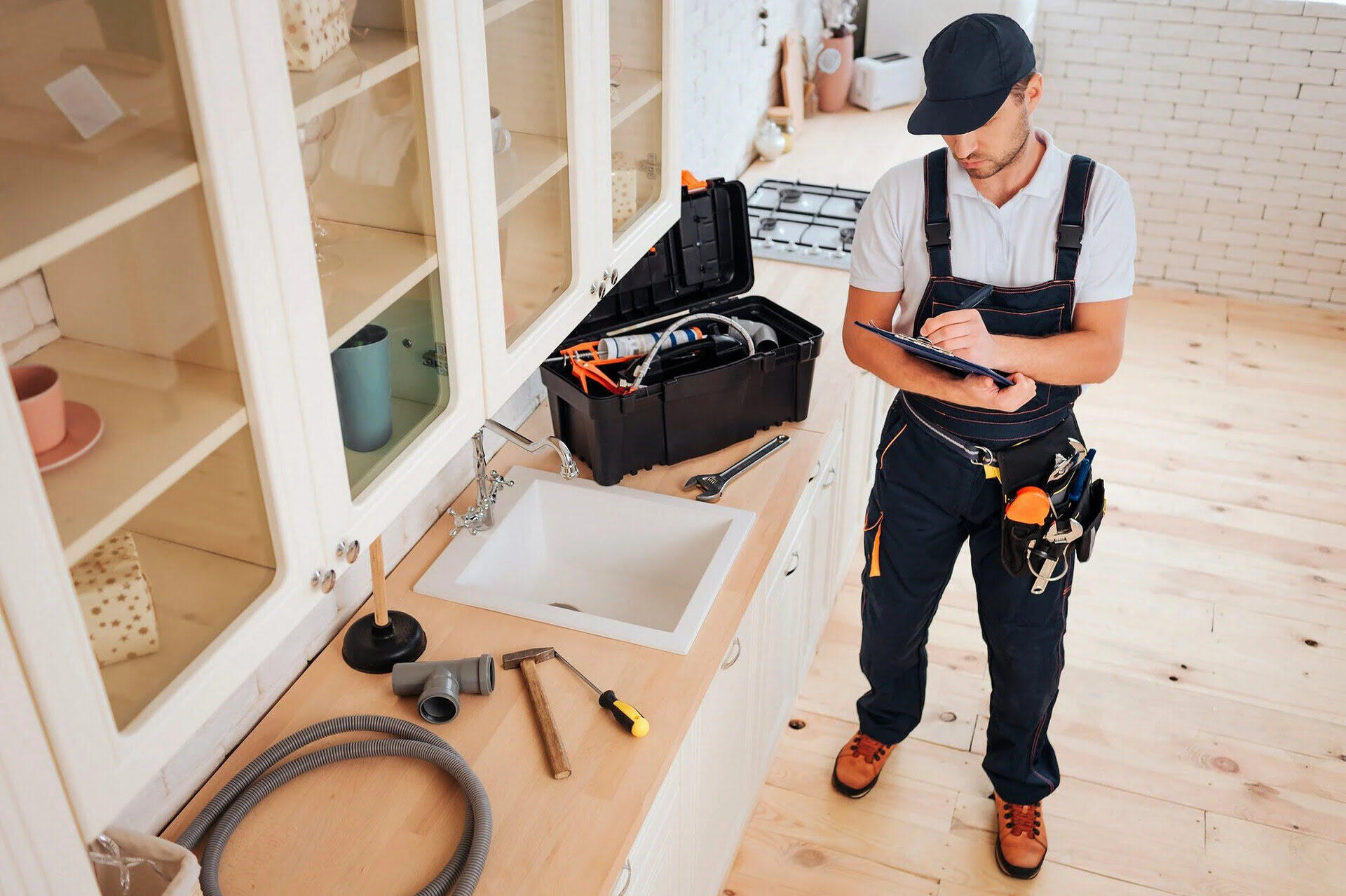

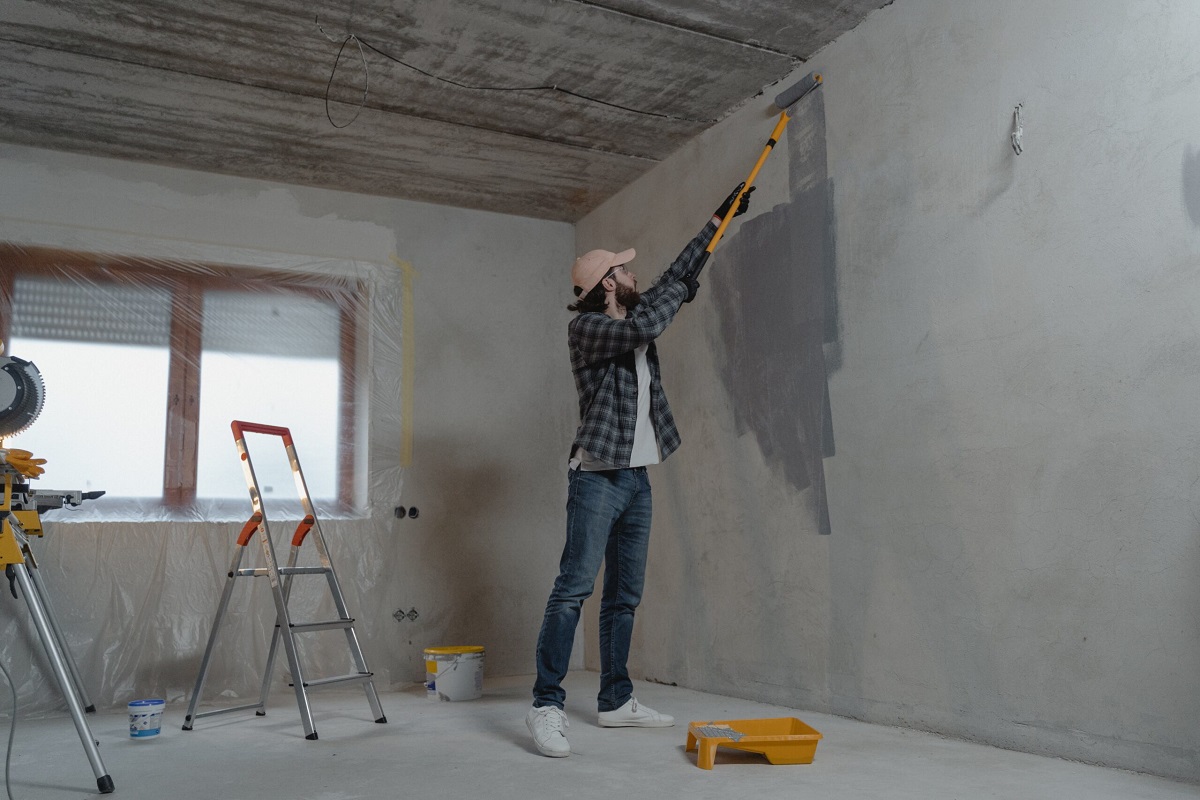


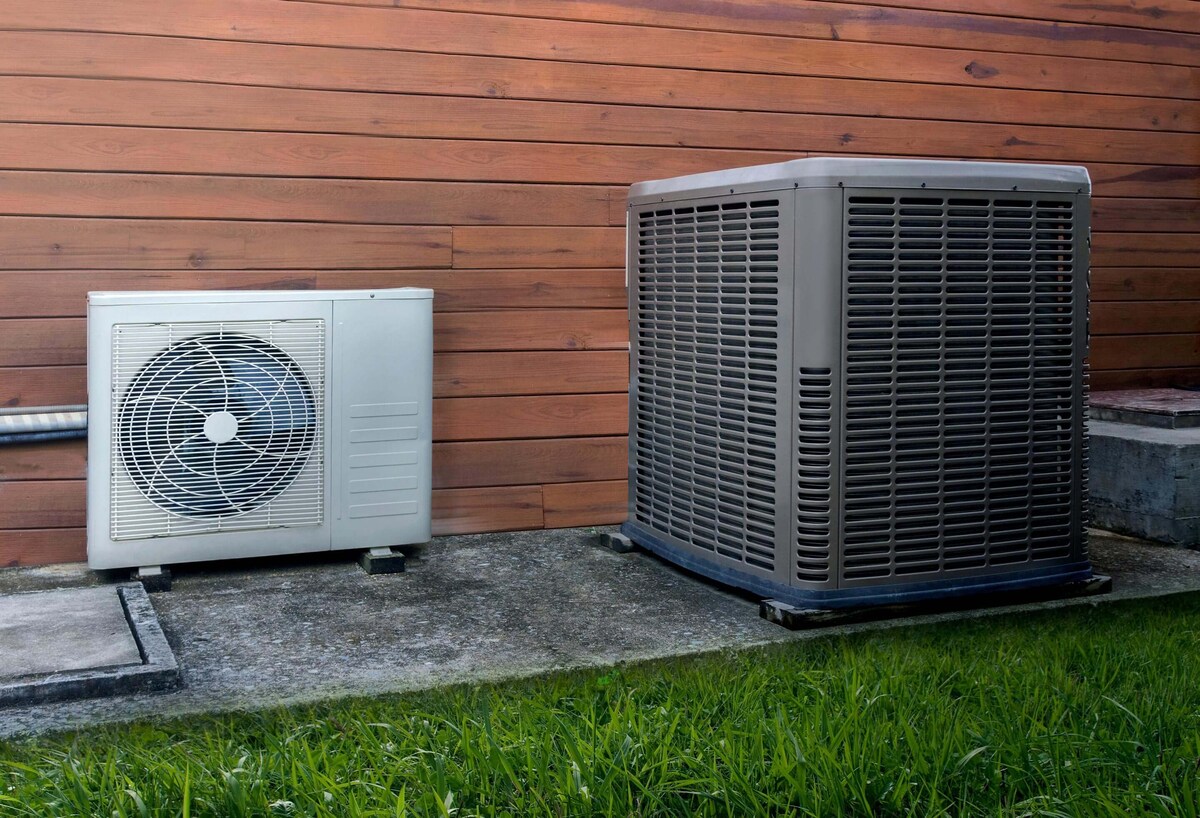



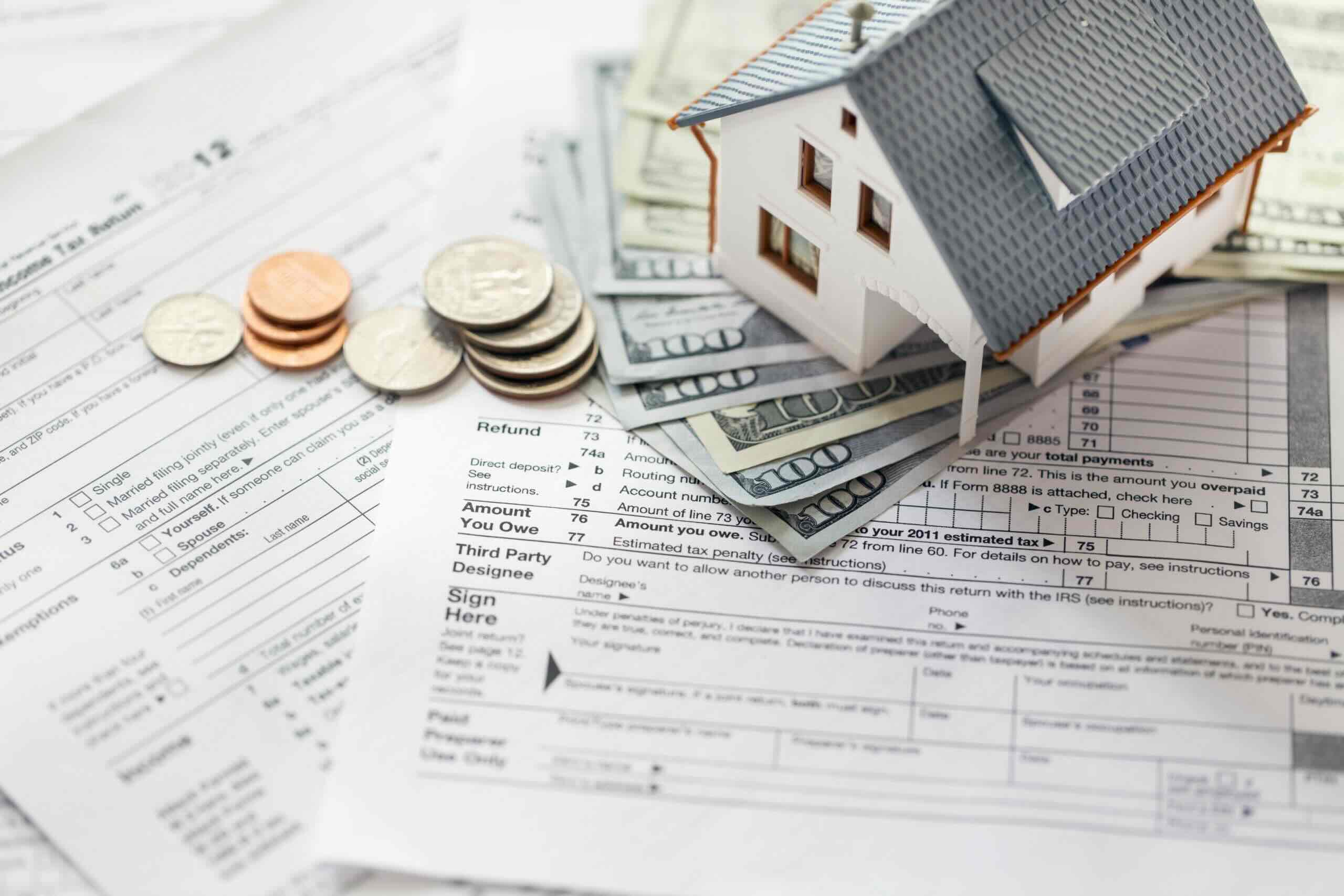




0 thoughts on “How To Finance Home Repairs”